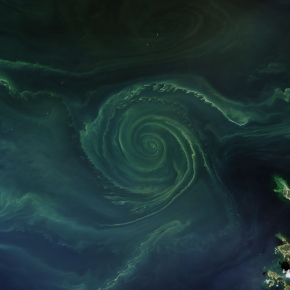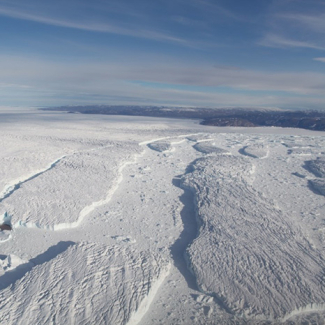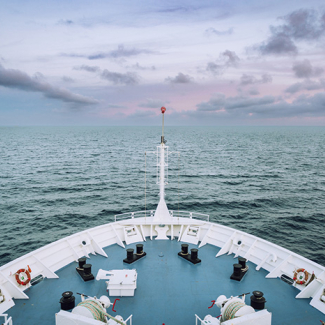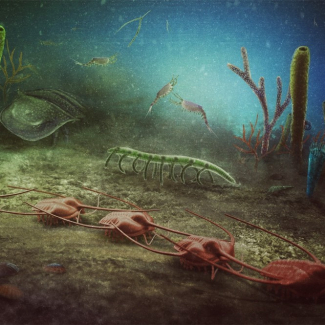
Submesoscale currents: motors for marine biodiversity
From the smallest photosynthetic plankton organisms to the largest predators, marine life is organized around short-lived currents that only extend over a few kilometers: submesoscale currents. Because they appear temporarily and are small, studying their impact on climate and biodiversity is difficult. Marina Lévy, CNRS Research Director at the Laboratoire d'Océanographie et du Climat: Expérimentations et Approches Numériques (CNRS/IRD/MNHN/Sorbonne Université) and her international colleagues1 have recently analyzed more than 150 publications on the dynamics of currents and how they impact marine biogeochemistry and ecosystems.
By extrapolating the results of these many localized studies to the global scale, the researchers concluded that submesoscale currents are essential for phytoplankton diversity. This turbulence brings diverse species previously separated together and into competition for resources that are also mixed by the currents. The currents represent a formidable motor for biodiversity, because phytoplankton diversity has a positive effect on diversity in larger species, from marine birds to whales. The researchers conclude on how important continuing work on these currents is, blending satellite observations, digital modeling and data recorded in the field.
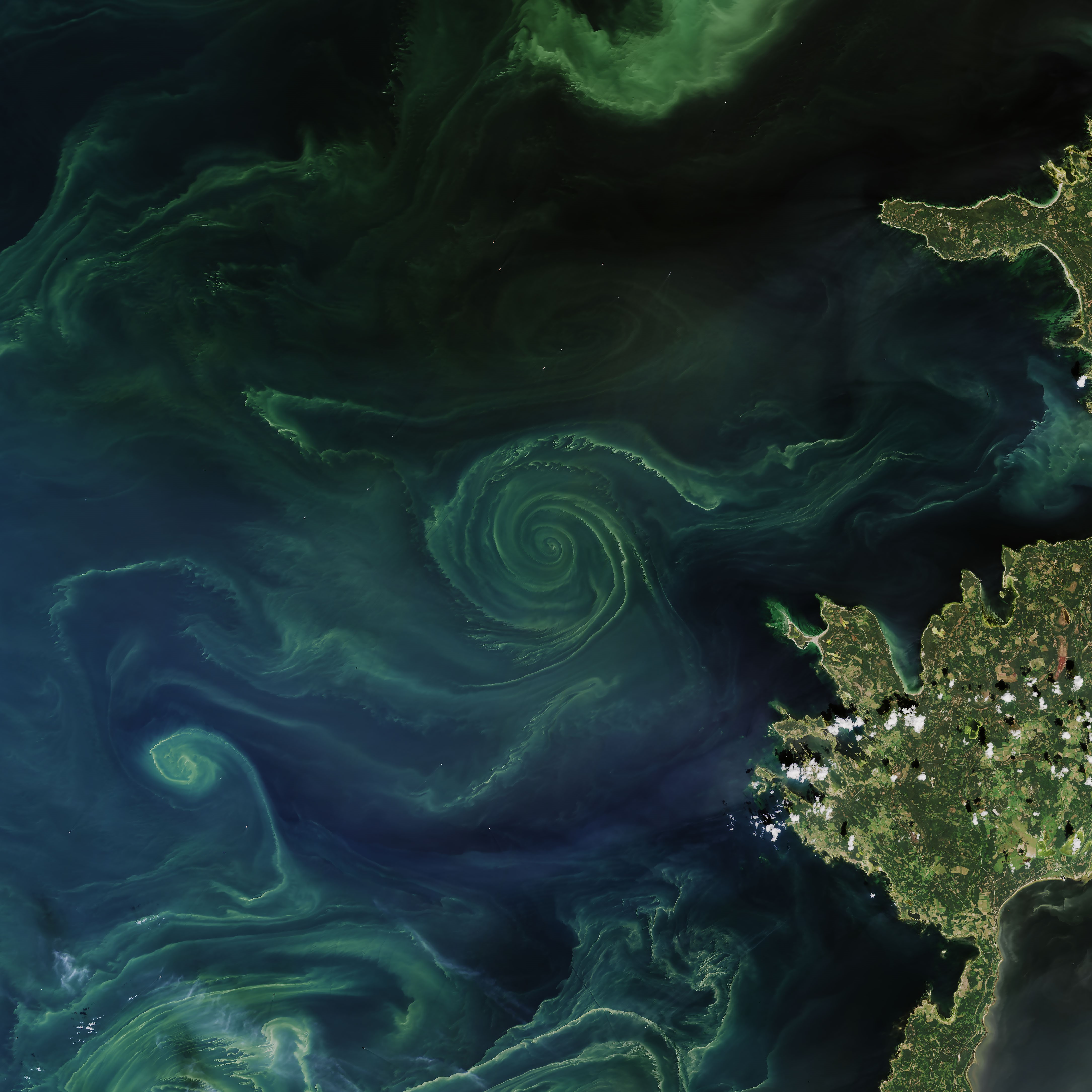
© NASA Earth Observatory
- 1K. Shafer Smith of the Center for Atmosphere Ocean Science at the New York University and Peter J.S. Franks of the Scripps Institution of Oceanography at the University of San Diego.
The role of submesoscale currents in structuring marine ecosystems. Marina Lévy, Peter J. S. Franks and K. Shafer Smith. Nature Communications, November 12, 2018.
